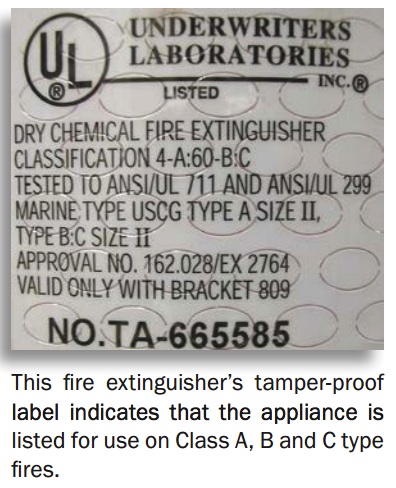ArticlesFire Dynamics: The A, B, C, D and K’s of Fire (USFA)
There are circumstances where: More than one class of fire may be involved. For example, a liquefied petroleum gas vessel that is venting as a result of a wildland fire exposure would be a combined Class A (vegetation) and Class B (flammable liquid/gas) fire that might require special fire suppression approaches. A fire can change from one class to another. Class C fires are those that involve “energized electrical equipment.” Once the electrical energy is removed, the fire is classified based on the burning material. A flaming television set becomes a Class A fire when the electricity is disconnected. |
Partner Organizations I am proud to announce that The Chlorine Institute and SAFTENG have extended our"Partners in Safety" agreement for another year (2024) CI Members, send me an e-mail to request your FREE SAFTENG membership
Member Associations
|
 One of the first tasks that firefighters and inspectors learn is how to classify fires in accordance with the common letter designations. Knowing the correct fire type enables one to select the appropriate fire-extinguishing media to safely suppress a fire. Fires are classified into one of five categories based on the burning products. The following table explains the classes and the description of the primary contents involved in the fire.
One of the first tasks that firefighters and inspectors learn is how to classify fires in accordance with the common letter designations. Knowing the correct fire type enables one to select the appropriate fire-extinguishing media to safely suppress a fire. Fires are classified into one of five categories based on the burning products. The following table explains the classes and the description of the primary contents involved in the fire.












